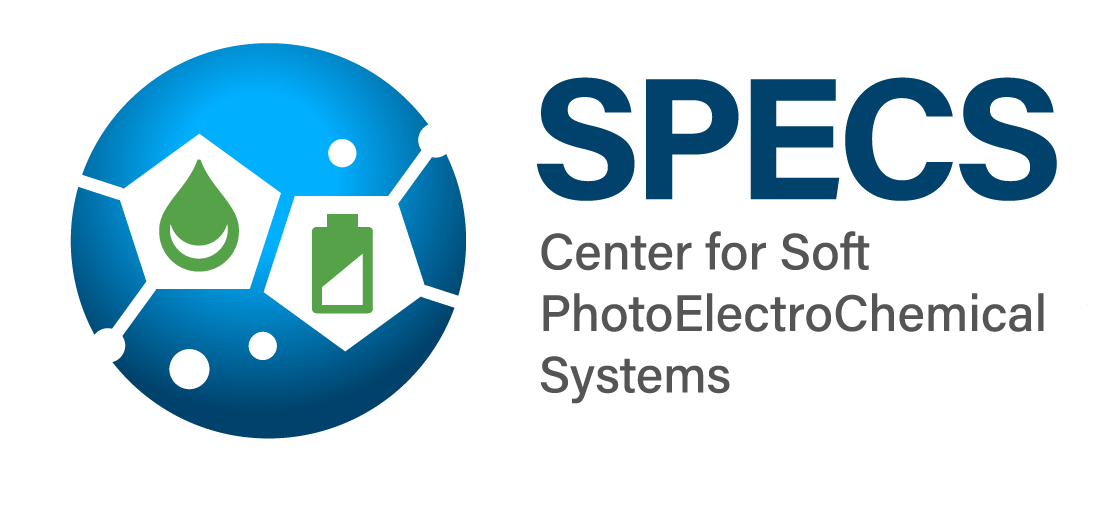Light-driven proton-coupled electron transfer reactions at passivated silicon photoelectrodes for solar fuel production
When
"Light-driven proton-coupled electron transfer reactions at passivated silicon photoelectrodes for solar fuel production"
Monday, April 21, 2025 at 12:00 PM (Eastern Time)
Bowman and Gordon Gray Distinguished Term Professor
Deputy Director, Center for Hybrid Approaches in Solar Energy to Liquid Fuels
Associate Editor, ACS Electrochemistry
Department of Chemistry
University of North Carolina at Chapel Hill

Abstract:
Coatings and termination strategies for silicon photoelectrodes are crucial to protect the semiconductor from detrimental and uncontrolled oxidation during photoelectrochemical reactions that produce chemicals and fuels. However, these modifications must not inhibit interfacial charge transfer to catalysts and mediators. Terminating the silicon lattice with organic moieties affords stable photoelectrodes that exhibit large photovoltages. Methyl-terminated silicon can be employed to drive the selective reduction of CO2 by molecular catalysts without the competitive hydrogen evolution observed for H-terminated electrodes. Direct attachment of the catalyst is also possible, but the passivation is below unity, and defects at the surface lower photovoltage and selectivity. Collectively, these studies provide key foundations for hybrid photoelectrodes that drive fuel production with sunlight.
Dempsey began her independent career at the University of North Carolina at Chapel Hill in 2012 as an assistant professor. She was granted tenure in 2018 and promoted to the rank of associate professor. Since 2020, she has served as the Bowman and Gordon Gray Distinguished Term Professor.

